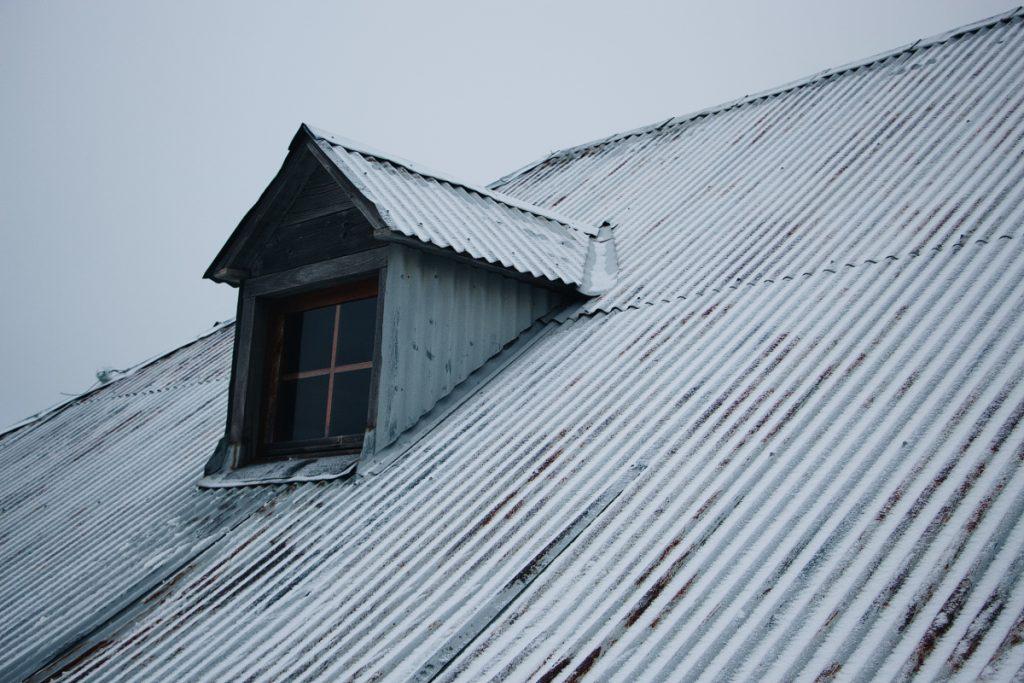When it comes to roofing materials, metal roofs have gained popularity for their durability and longevity. But just how often do metal roofs need to be replaced? Understanding the lifespan of a metal roof is essential for homeowners to plan for maintenance and budgeting. In this article, we’ll explore the factors that influence the lifespan of metal roofs and provide insights into how often they typically need replacement.

Factors Influencing the Lifespan of Metal Roofs
- Quality of Installation: The quality of the initial installation plays a significant role in determining how long a metal roof will last. Proper installation by experienced professionals ensures that the panels are correctly secured and sealed, preventing potential issues down the line.
- Type of Metal: Different types of metals have varying levels of durability. Common metals used for roofing include steel, aluminum, and copper. Copper, for instance, is highly durable and resistant to corrosion, while steel might require coatings to enhance its longevity.
- Coatings and Finishes: Protective finishes coat numerous metal roofs, bolstering their resilience against rust and UV damage. The quality and type of coating can impact the roof’s lifespan.
- Climate and Environment: The climate and environment in which your home is located play a significant role in how often your metal roof needs replacement. Harsh weather conditions, frequent temperature changes, and exposure to saltwater or industrial pollutants can all affect the roof’s longevity.
- Maintenance and Care: Regular maintenance, such as cleaning debris and inspecting for damage, can extend the lifespan of a metal roof. Neglecting maintenance can lead to premature deterioration and the need for earlier replacement.
Understanding Replacement Intervals
- Short-Term Lifespan: Some lower-quality metal roofs may need replacement within 20 to 30 years due to factors like subpar installation or inadequate coatings. In such cases, homeowners might need to budget for a replacement sooner than expected.
- Mid-Range Lifespan: On average, a well-installed and well-maintained metal roof can last anywhere from 40 to 70 years. This extended lifespan is one of the key reasons homeowners opt for metal roofing materials.
- Long-Term Lifespan: Exceptional quality metal roofs, such as those made from copper, can last well over 100 years with proper care. These roofs can be a one-time investment that offers longevity unmatched by other roofing materials.
Factors to Consider
- Inspections: Regular inspections by roofing professionals are essential to identify any signs of wear and tear. Catching issues early can help extend the roof’s lifespan.
- Maintenance: Adhering to a regular maintenance schedule, which includes cleaning, clearing debris, and addressing any minor repairs, can significantly prolong the life of your metal roof.
- Professional Advice: Consult with roofing experts to determine the current condition of your roof and receive recommendations for maintenance or replacement based on its specific characteristics.
Conclusion
In conclusion, how often do metal roofs need to be replaced depends on various factors, including the type of metal, quality of installation, climate, and maintenance. While some roofs may need replacement within a few decades, a well-installed and maintained metal roof can last for several decades, even surpassing the century mark. Homeowners should be proactive in caring for their metal roofs, scheduling regular inspections, and addressing any issues promptly to ensure their roofs’ longevity. Consulting with roofing professionals can provide personalized insights into the best course of action for your specific situation.



Leave a Reply